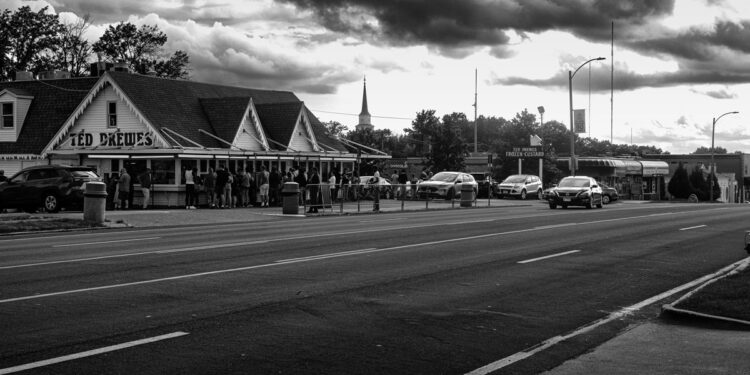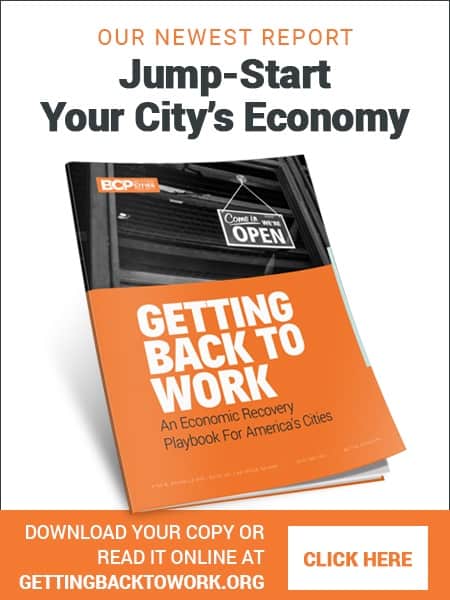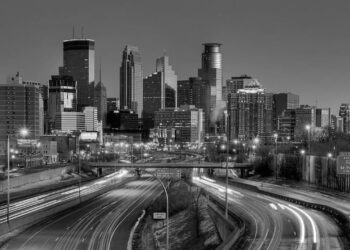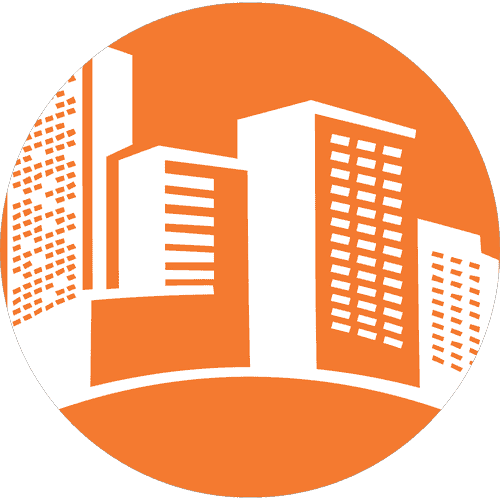These stroads attempt to serve both as community spaces and fast traffic conduits, but ultimately fail at both, leading to congested, uninviting environments that degrade nearby property values.
Marohn argues for a clear distinction: streets should be optimized for community engagement and slow traffic, enhancing livability and economic value, while roads should facilitate quick, efficient transportation. He suggests radical changes to urban design, moving away from post-WWII suburban models that prioritize car travel over pedestrian-friendly, economically vibrant communities.
Marohn advocates for reducing street widths and removing traffic signals to slow traffic, thereby increasing safety and community interaction.
His ideas reflect a broader critique of current urban planning practices, emphasizing the need for more humane and financially sustainable approaches to city development.









